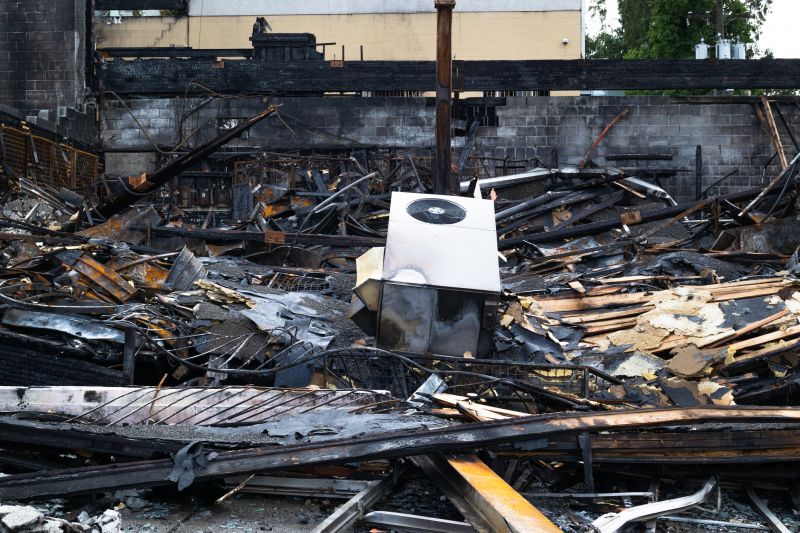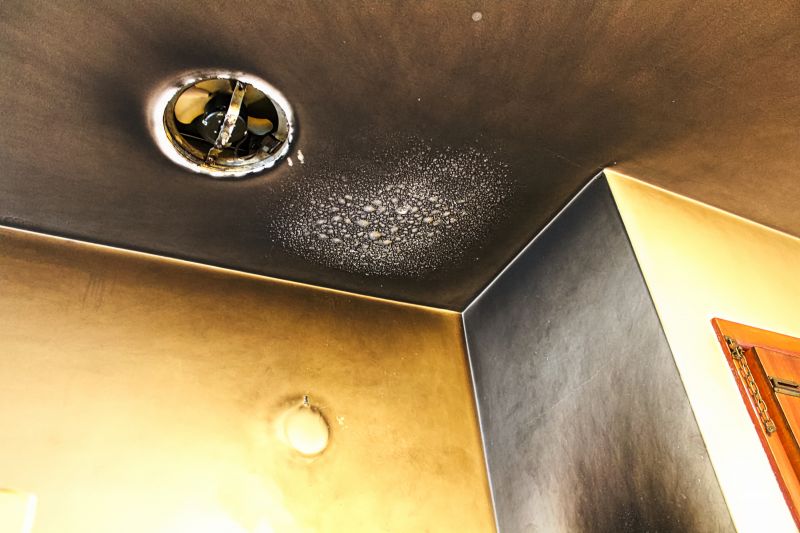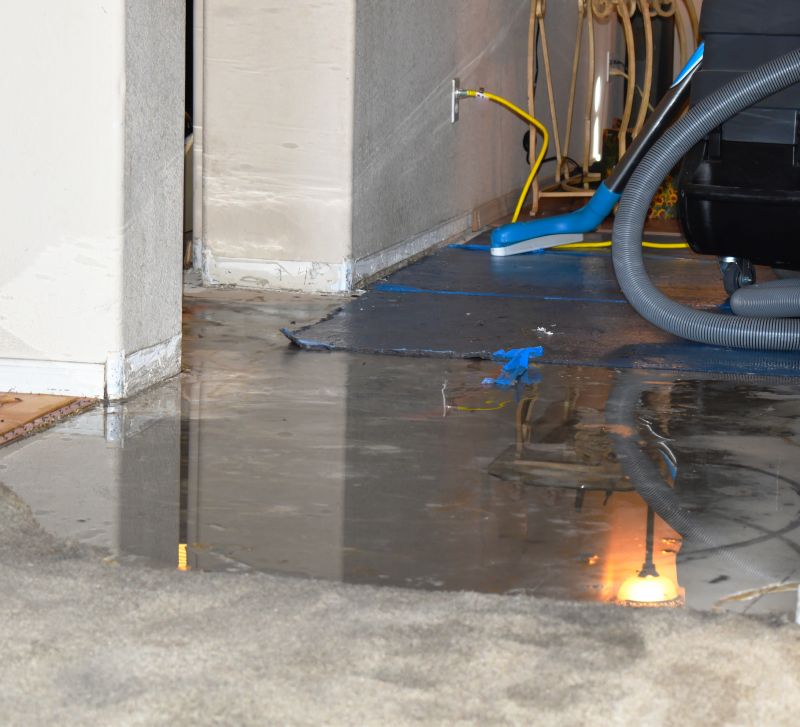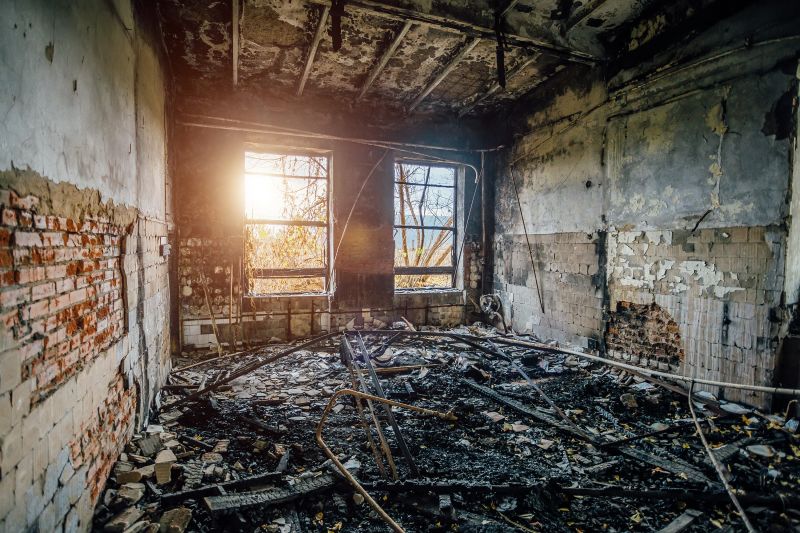Optimal Timing for Fire Restorations
Fire restorations are typically most effective when performed promptly after a fire incident. The timing can influence the extent of damage mitigation, odor removal, and material preservation. Understanding seasonal and environmental factors helps determine the optimal window for restoring properties affected by fire.
Addressing fire damage as soon as possible minimizes structural deterioration and prevents mold growth caused by water used during firefighting.
Restorations are often more manageable during milder weather, avoiding challenges posed by extreme cold or heat that can affect drying and repair processes.
Dry and stable weather conditions facilitate faster restoration, reducing delays caused by rain, snow, or high humidity.
Scheduling restorations during periods of low demand can ensure quicker service and resource availability.

Initial evaluation to determine scope and necessary repairs.

Removing water and drying affected areas promptly.

Restoring damaged frameworks and supports.

Techniques to eliminate persistent smoke smells.
| Season | Optimal Restoration Timing |
|---|---|
| Spring | Ideal for moderate weather, allowing thorough drying and repairs. |
| Summer | Suitable during warm, dry months for faster restoration. |
| Fall | Good for early planning before winter conditions set in. |
| Winter | Challenging due to cold and potential for delays, but manageable with proper heating. |
| Late Season | May require additional precautions due to weather variability. |
Fire restorations involve a comprehensive process that addresses structural damage, smoke and soot removal, water damage mitigation, and odor elimination. The complexity of fire damage requires specialized techniques and timely intervention to prevent secondary issues such as mold growth or further deterioration. Proper planning and execution are essential for restoring safety and property value.

Restoring structural integrity and safety.

Removing residues for a healthier environment.

Critical step to prevent mold and further damage.

Advanced techniques to eliminate smoke odors.
Timely fire restorations can significantly reduce long-term costs and restore properties to their pre-incident condition. Understanding the best timing and preparation can make the restoration process more efficient and effective, helping property owners recover swiftly from fire damage.
Interested in restoring a property affected by fire? Fill out the contact form to get started.
